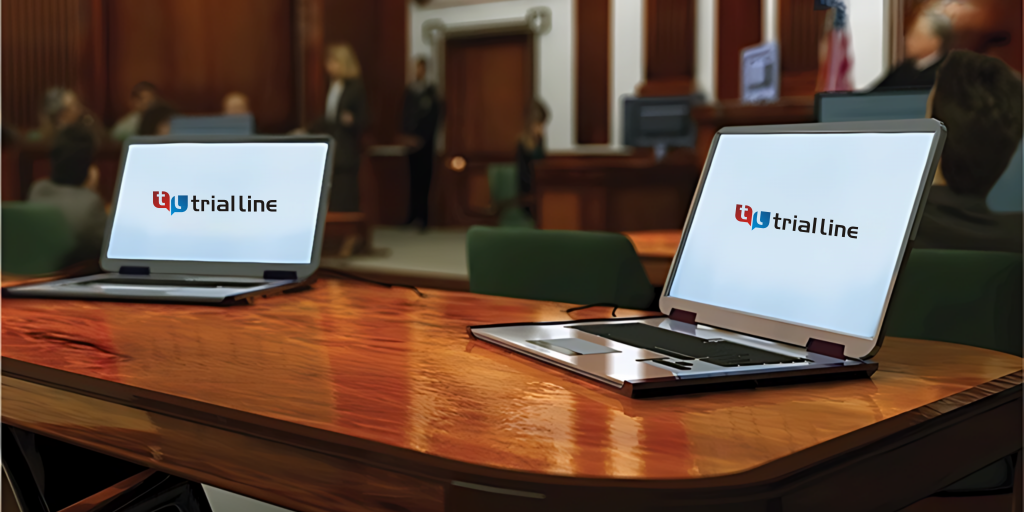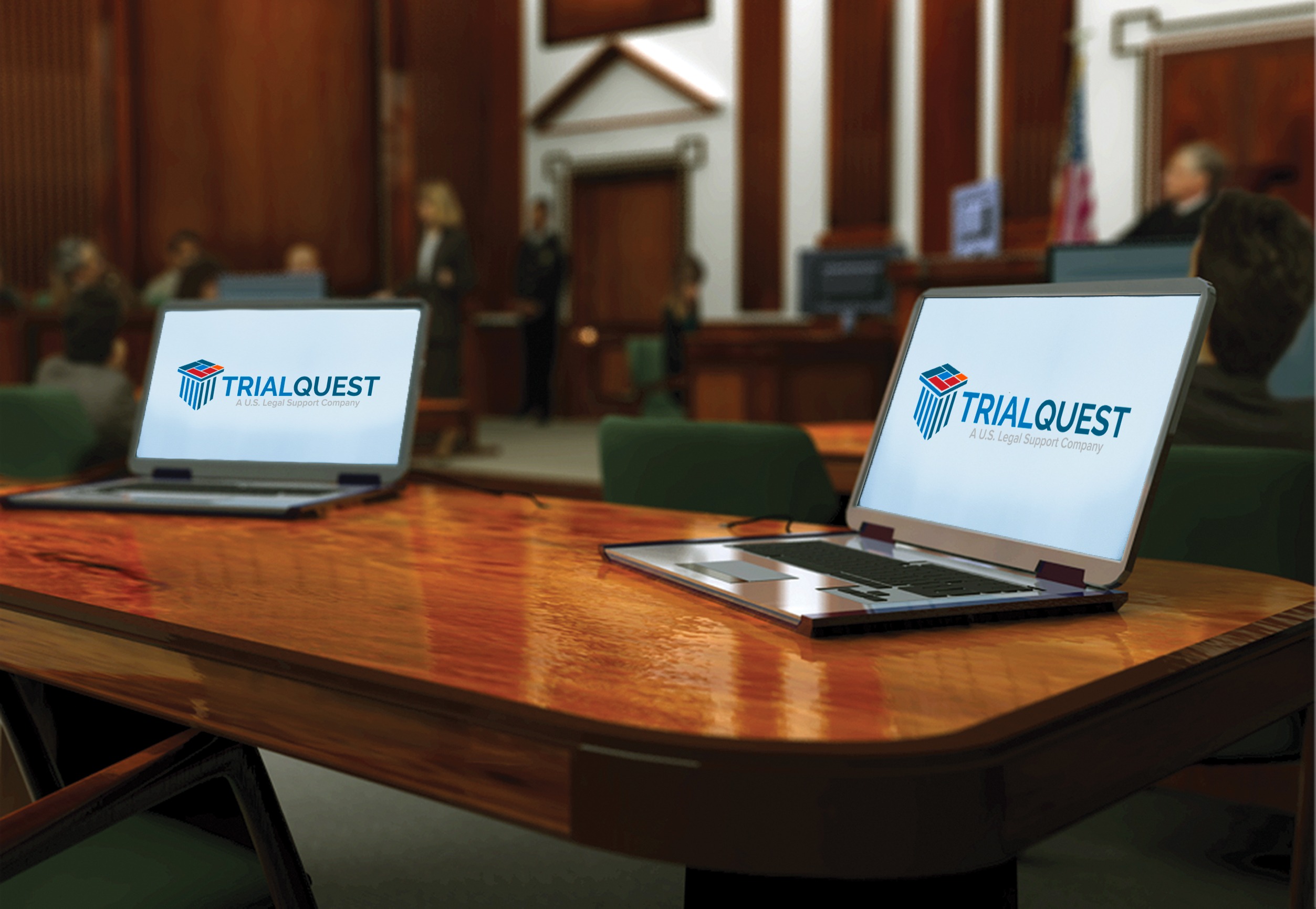Essential Strategies for Designing Winning Trial Presentations in Court
Why Solid Test Discussions Are Trick to Legal Success
The importance of strong trial presentations can not be overstated in the realm of legal practice. These discussions offer as the main automobile for communicating debates and proof, essentially forming juror understandings and influencing their decision-making procedures. A well-crafted story, boosted by strategic aesthetic help and psychological engagement, fosters a profound link with jurors, ultimately affecting their understanding of the instance. The nuances of successfully adapting these discussions to diverse juror histories introduce complexities that merit further expedition, especially in the context of achieving desirable end results in trials.
Importance of Effective Communication
Effective communication is extremely important in a legal setup, as it acts as the avenue with which disagreements, evidence, and lawful principles are conveyed to courts and courts. trial presentations. Clear expression of realities and legal precedents enables for an influential presentation that can significantly influence the decision-making procedure.
Furthermore, reliable communication cultivates rapport and depend on between attorneys and their customers, boosting collaboration and guaranteeing that all celebrations are lined up in their objectives. It likewise plays a crucial role in court choice and involvement, where the capability to connect with jurors can affect their receptiveness to the situation. In addition, non-verbal interaction, such as body language and eye get in touch with, adds to the general perception a lawyer makes, reinforcing verbal messages.
Eventually, grasping effective interaction can lead to an extra compelling and systematic discussion, boosting the possibility of a beneficial judgment. Therefore, lawyers have to prioritize sharpening their communication abilities as a keystone of their trial prep work and strategy.

Crafting an Engaging Narrative
Reliable interaction lays the groundwork for crafting a compelling narrative in legal trials. A well-structured narrative not only involves the jury however additionally clarifies intricate lawful problems. The goal is to present the facts in such a way that resonates mentally and realistically with the audience, enabling them to comprehend the case from the customer's point of view.
To accomplish this, attorneys should identify the main motif or message of the situation, which acts as the foundation of the narrative. Each piece of evidence and witness testament must be woven into this theme, enhancing it as opposed to interfering with it. This creates a cohesive storyline that is very easy for the jury to adhere to.
Moreover, the usage of relatable characters-- be it the plaintiff, accused, or essential witnesses-- can humanize the case, making it more remarkable. Attorneys should additionally think about the pacing of their narrative, guaranteeing that defining moments are highlighted and that the story unravels in a rational progression.
Inevitably, a compelling story transforms the discussion of truths right into a convincing debate, guiding the court towards a positive conclusion while making sure that the intricacies of the lawful system stay obtainable and understandable.
Using Visual Aids
Visual help play an important role in enhancing the understanding and retention of details during lawful tests. By providing complicated data and debates visually, lawyers can streamline complex information, making them extra accessible to jurors. Charts, graphs, and photos can efficiently highlight bottom lines, enabling jurors to realize essential realities rapidly.
Making use of visual help not just aids in quality yet additionally involves the target market's focus. Jurors are most likely to bear in mind info offered visually than with spoken descriptions alone. Demonstrating timelines via aesthetic depictions can make clear the sequence of events, aiding jurors comprehend the context of the situation.
Moreover, visual aids can help to highlight disparities in evidence, making them extra noticable. When utilized tactically, they can underscore the stamina of the argument or reveal weak points in the opposing side's case. trial presentations. Using innovation, such as interactive presentations or computer animations, can further boost interaction and understanding
Engaging the Jury Emotionally
Typically, successful trial discussions need greater than simply rational arguments and valid evidence; they have to additionally reverberate great site on an emotional degree with jurors. Involving the jury mentally can considerably affect their assumption of the situation and their utmost decision. By crafting a narrative that humanizes the events involved, attorneys can develop a psychological connection that encourages jurors to empathize with the customers' experiences.
To accomplish this, attorneys ought to concentrate on narration techniques that highlight the individual risks and real-life implications of the case. This may involve sharing touching anecdotes or utilizing effective visuals that evoke sensations of compassion, rage, or sadness. Such aspects can help jurors see beyond the legal complexities and comprehend the human measurements of the situation.
Furthermore, making use of tone, body language, and eye call throughout the presentation can further enhance psychological involvement. An attorney's credibility and passion can resonate with jurors, making them more receptive to the debates existing. Eventually, when jurors feel mentally bought a case, they are much more likely to keep find here in mind the crucial messages and supply a positive decision. Thus, psychological engagement is an important component of a compelling test presentation.
Adapting to Audience Assumptions
Understanding the expectations of the jury is crucial for an effective test discussion. Jurors come with presumptions affected by personal experiences and social narratives, which can substantially influence their decision-making. As such, tailoring your presentation to straighten with these assumptions can boost your influential power.

Furthermore, developing reputation is vital. Jurors expect attorneys to existing proof and debates that are not just compelling but likewise ethically appear - trial presentations. This consists of being transparent about the strengths and weaknesses of your instance, which fosters depend on and respect
Last but not least, prepare for jurors' inquiries and worries. Dealing with possible uncertainties proactively shows an understanding of their perspective and a commitment to clearness. By adjusting Visit This Link your presentation to satisfy audience expectations, you produce a more compelling story, ultimately boosting the possibilities of a positive decision.

Verdict
Finally, solid trial discussions are critical to accomplishing legal success. Effective communication, a compelling narrative, critical usage of visual aids, psychological involvement with the court, and adjustment to audience expectations collectively boost juror understanding and retention of crucial details. These elements not only establish the trustworthiness of the providing event yet also substantially influence juror assumptions and decision-making. Mastering the art of trial presentation is necessary for lawful practitioners intending to protect beneficial outcomes.